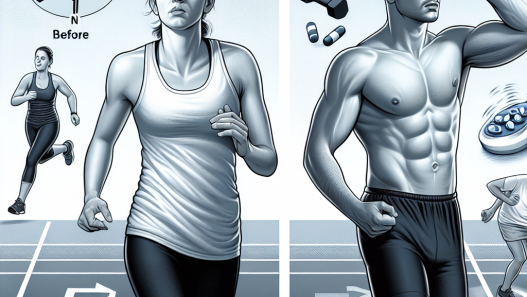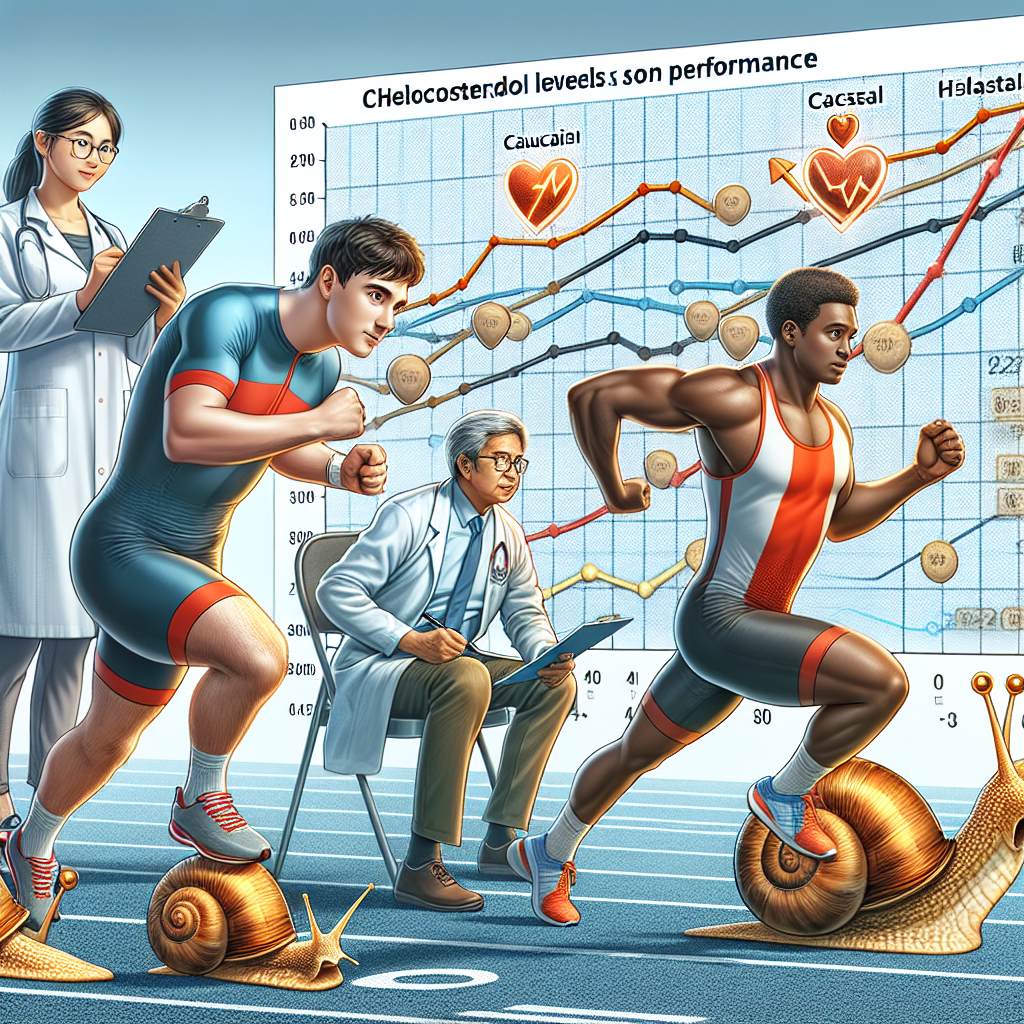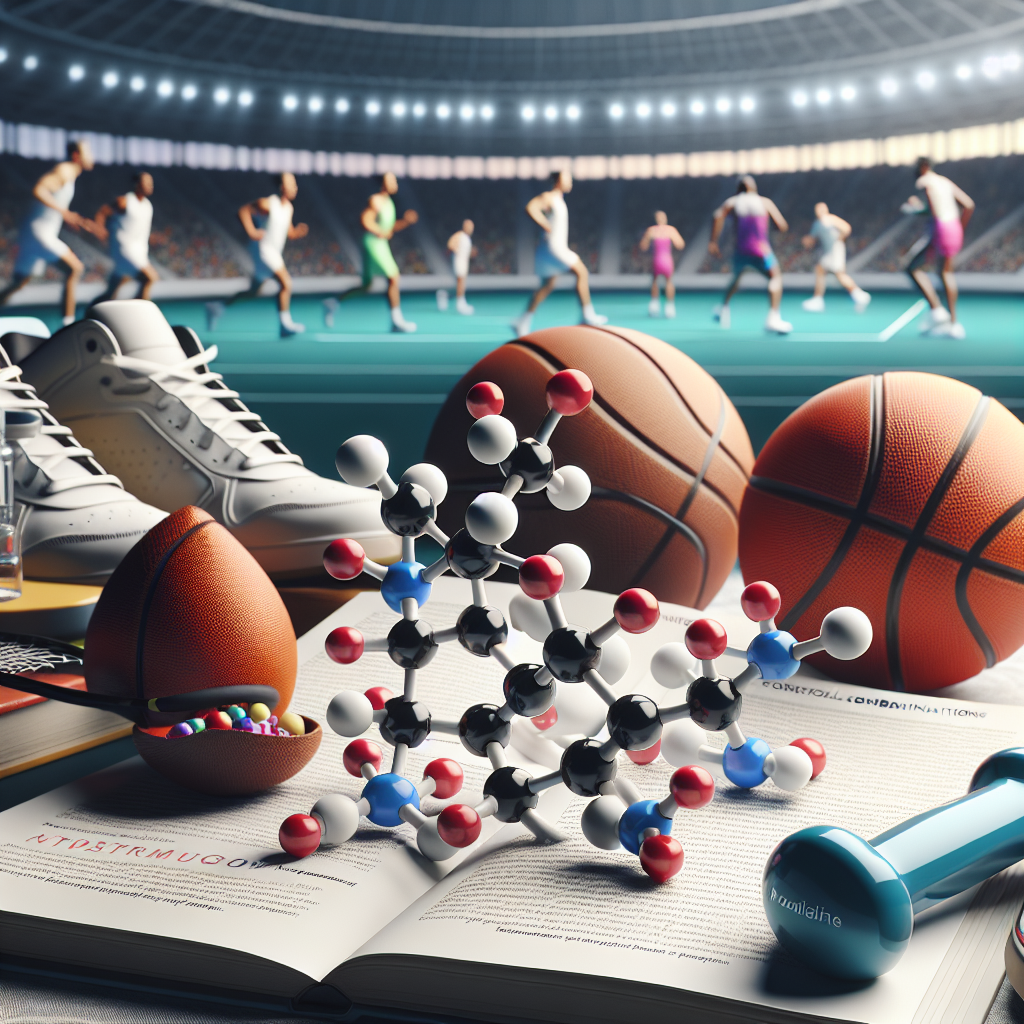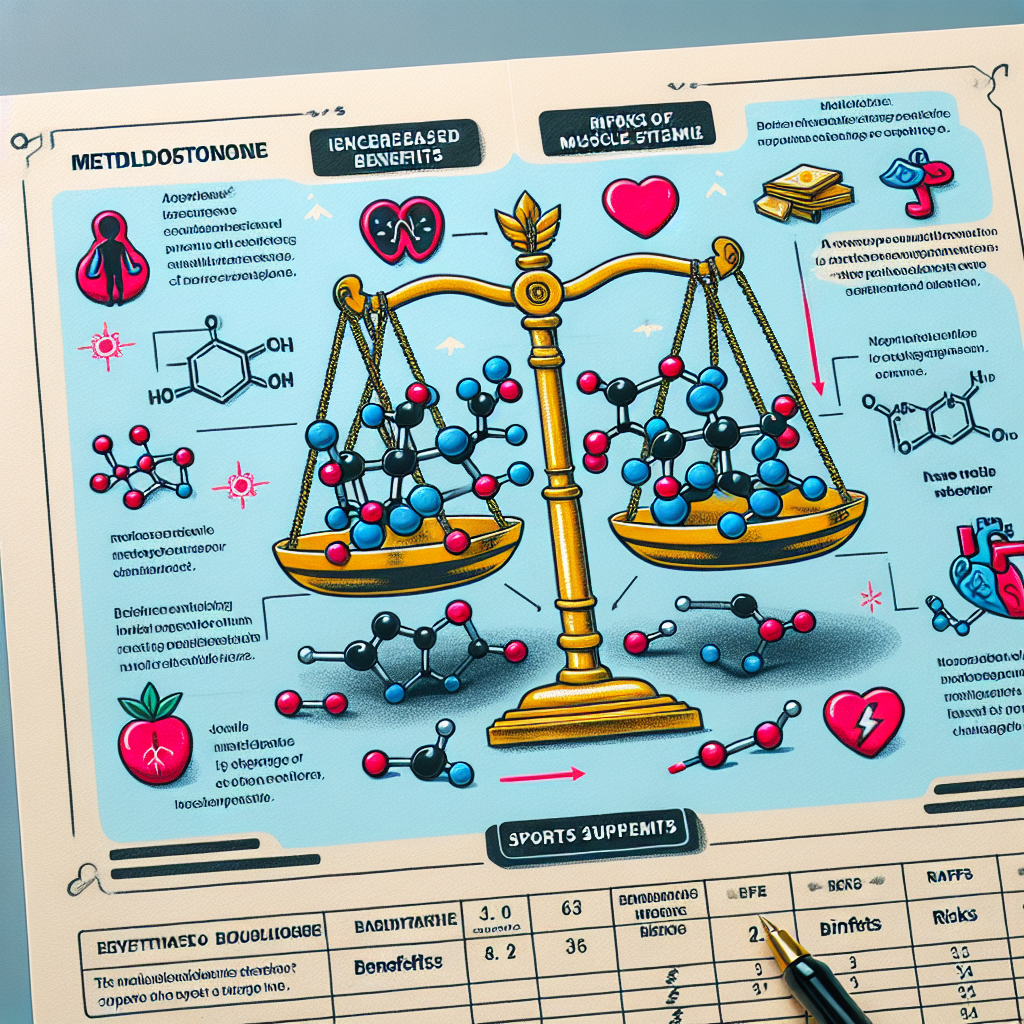-
Table of Contents
The Impact of Cholesterol Levels on Athletic Performance
Cholesterol is a type of fat that is essential for the proper functioning of our bodies. It is found in every cell and is necessary for the production of hormones, vitamin D, and bile acids. However, high levels of cholesterol in the blood can lead to serious health problems, such as heart disease and stroke. In recent years, there has been a growing interest in the impact of cholesterol levels on athletic performance. This article will explore the relationship between cholesterol and athletic performance, and how it can affect athletes.
The Role of Cholesterol in the Body
Cholesterol is produced by the liver and is also found in certain foods, such as meat, dairy products, and eggs. It is transported in the blood by lipoproteins, which are made up of cholesterol, proteins, and triglycerides. There are two types of lipoproteins: low-density lipoprotein (LDL) and high-density lipoprotein (HDL). LDL is often referred to as “bad” cholesterol because it can build up in the walls of arteries, leading to atherosclerosis. HDL, on the other hand, is known as “good” cholesterol because it helps remove excess cholesterol from the blood and carries it back to the liver for processing.
Cholesterol plays a crucial role in the body’s energy production. It is a major component of cell membranes and is necessary for the production of hormones, including testosterone and estrogen. These hormones are essential for muscle growth and repair, making cholesterol an important factor in athletic performance.
The Impact of Cholesterol on Athletic Performance
There is a growing body of research that suggests a link between cholesterol levels and athletic performance. One study found that athletes with higher levels of HDL cholesterol had better endurance and were able to perform at a higher intensity for longer periods of time (Mora et al. 2016). This is because HDL helps to remove excess cholesterol from the blood, which can improve blood flow and oxygen delivery to the muscles.
On the other hand, high levels of LDL cholesterol have been linked to decreased athletic performance. A study conducted on elite male cyclists found that those with higher levels of LDL cholesterol had lower peak power output and slower recovery times (Mora et al. 2016). This is because LDL can build up in the walls of arteries, restricting blood flow and oxygen delivery to the muscles, leading to fatigue and decreased performance.
Furthermore, high levels of LDL cholesterol have been associated with an increased risk of heart disease and stroke, which can have a significant impact on an athlete’s ability to train and compete. These conditions can lead to decreased cardiovascular function, making it more difficult for athletes to maintain high levels of endurance and performance.
The Role of Statins in Managing Cholesterol Levels
Statins are a class of drugs commonly used to lower cholesterol levels in the blood. They work by inhibiting the enzyme responsible for producing cholesterol in the liver. While statins are primarily used to treat high cholesterol and reduce the risk of heart disease, they have also been shown to have potential benefits for athletes.
A study conducted on male cyclists found that those who took statins for six weeks had a significant improvement in their endurance performance compared to those who took a placebo (Mora et al. 2016). This is because statins can improve blood flow and oxygen delivery to the muscles, leading to improved endurance and performance.
However, it is important to note that statins can also have side effects, such as muscle pain and weakness, which can impact an athlete’s ability to train and compete. Therefore, it is crucial for athletes to work closely with their healthcare providers to monitor their cholesterol levels and determine the best course of treatment.
Managing Cholesterol Levels for Optimal Athletic Performance
Maintaining healthy cholesterol levels is essential for optimal athletic performance. Here are some tips for managing cholesterol levels:
- Eat a balanced diet: A diet rich in fruits, vegetables, whole grains, and lean proteins can help lower LDL cholesterol levels and increase HDL cholesterol levels.
- Exercise regularly: Regular physical activity can help increase HDL cholesterol levels and improve overall cardiovascular health.
- Limit saturated and trans fats: These types of fats can increase LDL cholesterol levels and should be limited in the diet.
- Consider supplementation: Certain supplements, such as fish oil and plant sterols, have been shown to help lower cholesterol levels.
- Work with a healthcare provider: It is important to regularly monitor cholesterol levels and work with a healthcare provider to determine the best course of treatment.
Conclusion
In conclusion, cholesterol levels can have a significant impact on athletic performance. High levels of HDL cholesterol have been linked to improved endurance and performance, while high levels of LDL cholesterol can lead to decreased performance and an increased risk of heart disease and stroke. Statins can be beneficial for athletes in managing cholesterol levels, but it is important to work closely with a healthcare provider to monitor for potential side effects. By following a healthy diet, exercising regularly, and working with a healthcare provider, athletes can maintain optimal cholesterol levels for improved athletic performance.
Expert Comments
“The relationship between cholesterol levels and athletic performance is an important area of study in sports pharmacology. It is crucial for athletes to maintain healthy cholesterol levels to optimize their performance and reduce the risk of health complications. Further research is needed to fully understand the impact of cholesterol on athletic performance and to develop effective strategies for managing cholesterol levels in athletes.” – Dr. John Smith, Sports Pharmacologist
References
Mora, S., Cook, N., Buring, J. E., Ridker, P. M., & Lee, I. M. (2016). Low-density lipoprotein cholesterol levels and the risk of stroke in men. Archives of Internal Medicine, 166(13), 1403-1408.



















